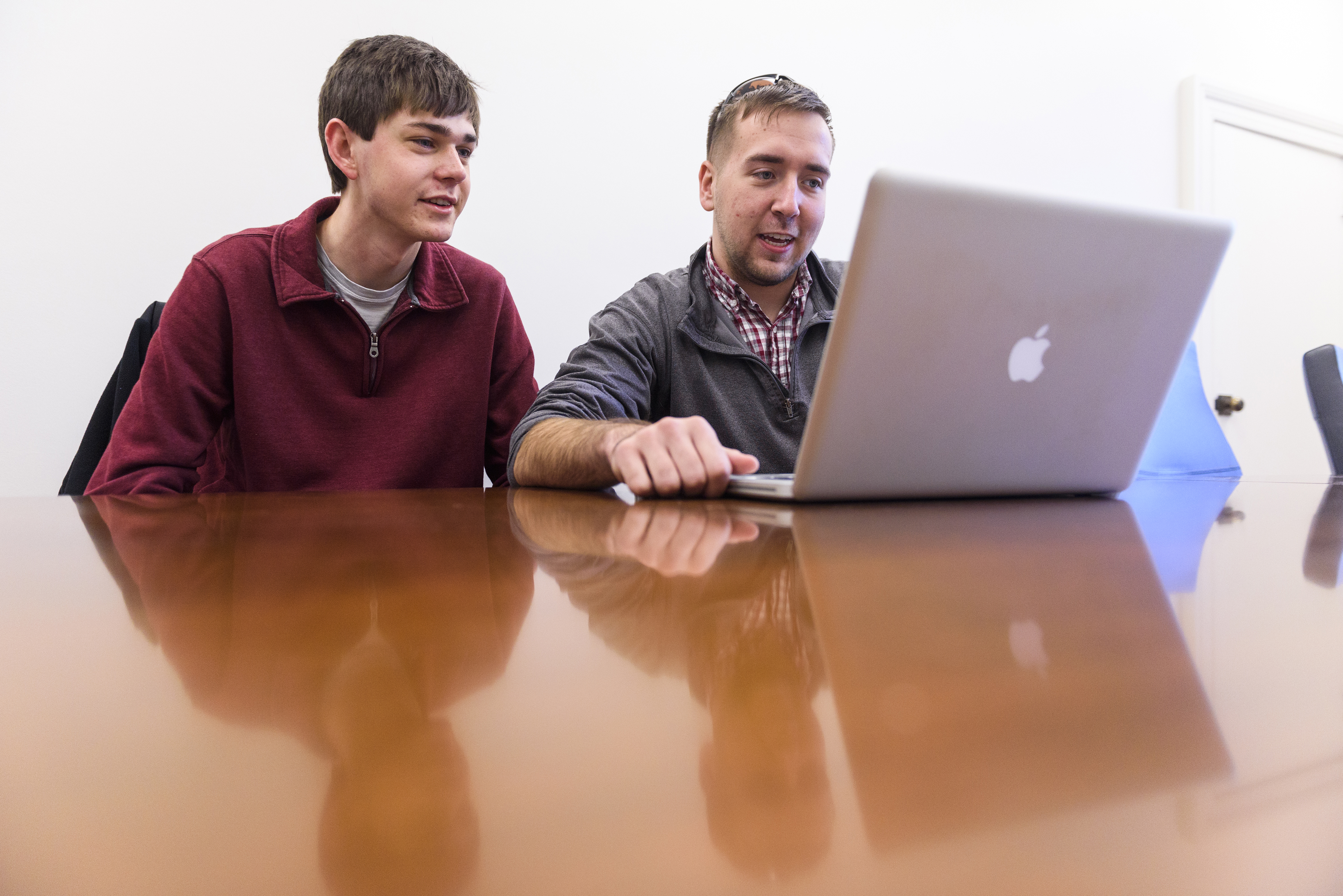By Adam Jones
With the millions of letters he receives each year, let’s hope old Saint Nick has something this nifty.
A senior project by three computer science students at The University of Alabama is assisting with getting presents to needy children this holiday season.
Working with the Tuscaloosa Corps of the Salvation Army, three seniors developed a software program that manages the application process for the Angel Tree program, saving the staff and volunteers hours of work.
Developed during the 2017 spring semester, the program, which the students called Tree Topper, is being used this season by the local Salvation Army, and Major William Shafer of the Tuscaloosa Corps said he will likely recommend it to other corps around the nation in the future.
“It’s been really great for us, and we were glad to work with the students,” Shafer said. “This will help us manage the Angel Tree program more efficiently than in the past.”
Jake Zarobsky, now a graduate student in computer science from the Chicago, Illinois, area, said he worked with the Salvation Army during the 2016 Angel Tree program, so when his senior design course began after the holiday season, he thought a custom application could help the process.
Dr. Jeff Gray, computer science professor and the adviser on the senior projects, said seniors are encouraged to find needs in the community when creating projects.
“Many times these projects create prototypes, but this specific project was unique in the level of maturity that the team was able to achieve,” Gray said.
Before the senior design project, the students had created a start-up company with a smart-phone application that analyzes baseball pitches and swings. From that project, Zarobsky and friends Matt Bowen, now a graduate from Huntsville, and Andrew White, a senior from Louisville, Kentucky, formed a senior-design group.
“When it came time to do our senior design project, we had already done a fun task with our start-up, so we wanted to do something that would help give back to the community,” Zarobsky said.
Hundreds of families with multiple children apply for the Angel Tree program through handwritten forms that workers use to create a database through Microsoft Excel, a spreadsheet program common in many offices. However, the Excel spreadsheet was difficult to manage for the task and could only be worked on by one user at a time.
“Excel sheets are really made for finance people, and they are not made for keeping track of a database,” Zarobsky said.
The UA seniors coded a common database program used through a website. Through a web form, staff at the Salvation Army can enter applications and the web database can keep track of families and print labels for the Angel Tree.
“We tried to find a good middle ground between paper applications and the Excel sheets to where it is easy to use and something that they can use for the future to keep track of all their families they help,” Zarobsky said.
Shafer said families still applied with paper applications this year, but he hopes next year people will apply directly into the web form, cutting out another step.
The students made the programming open source, meaning others can tinker with it, with the hopes that, if all goes well in Tuscaloosa this year, other Salvation Army posts can use the software in the future.
“It feels really good just hearing them talk about how much it is helping them help other people. It’s a really good feeling,” White said.
